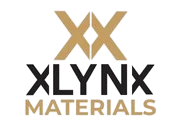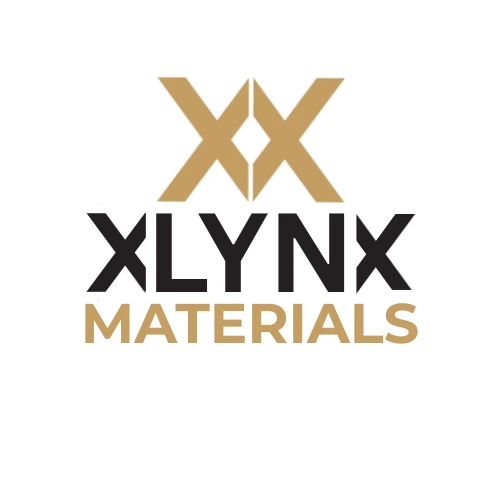The Evolving Adhesion Landscape
The adhesives and coatings market is undergoing a significant transformation due to increasing demands for higher performance and sustainability. The industry is moving toward advanced materials that can handle demanding applications in electronics, automotive, aerospace, and defense. This evolution places new pressures on materials to manage stress, thermal expansion, and long-term durability, a challenge we address with our innovative, high-performance, fluorine-free molecular crosslinkers.
Key Market Trends
The adhesives and coatings market is being shaped by two critical trends:
- High-Performance Adhesion: There is a growing demand for robust adhesives and coatings that can create strong bonds on difficult-to-adhere substrates like low-surface-energy polymers. This includes materials such as polyethylene (PE), and polypropylene (PP) which are increasingly used in advanced manufacturing.
- Sustainability: The market for coatings and adhesives is shifting toward more sustainable and environmentally friendly materials due to increasing regulatory pressures and performance demands. A key trend is the move away from traditional fluorine and PFAS-based solutions, which XLYNX Materials addresses by enabling high-performance, fluorine-free products.
The Challenge With Today’s Materials
The very properties that make materials like polyethylene and polypropylene so useful—their chemical inertness and durability—also make them incredibly difficult to bond, coat, or dye. XLYNX Materials addresses several core challenges, often overcoming these limitations.
Inherent Material Limitations
Many of the most high-performance polymers are thermoplastics that lack the chemical functional groups needed for traditional adhesion. Polyolefins are composed of nonpolar carbon-hydrogen (C-H) bonds, lacking the “hooks” (functional groups) that conventional adhesives need to grab onto. This results in weak adhesion and frequent bond failure. Our products functionalize these surfaces.
Eliminating Delamination
Poor adhesion is a root cause of critical failures like blistering and layer delamination. Our revolutionary adhesion enhancement for dielectric fillers (reducing intralaminar delamination) and for resin/conductor interfaces (reducing interlaminar delamination). Our solutions for robust multilayer stack-ups and ensuring long-term reliability in challenging environments. XLYNX offers up to 900% greater adhesion than leading primers on polyolefin and dissimilar substrates.
Conventional Methods
Traditional approaches rely on weak physical forces (van der Waals) or harsh, destructive surface treatments like plasma or corona discharge. These methods are often costly, inefficient, and can damage the polymer’s structural integrity. XLYNX Materials solves this by using molecular crosslinkers that form robust covalent bonds, enabling high-performance adhesion to materials that are traditionally difficult to cure.
Applications
Our solutions are utilized across a broad range of applications:
- Adhesives & Primers: Our PlastiLynx primer creates a universally receptive surface on inert plastics, enabling covalent bonding with any standard adhesive. This results in staggering lap-shear strength and helps overcome adhesion challenges for low-surface-energy polymers.
- Textile Strengthening: We provide textile strengthening for improved puncture and tear resistance, increasing the mechanical properties of materials like UHMWPE fibers. Our crosslinking solutions were originally conceived as a strong bonding agent for windsport textiles.
- Surface Treatment for Dyeing: Our PlastiLynx primer makes surfaces receptive to amine-reactive dyes, which covalently bond to the material. This process overcomes the challenges of dyeing polyolefin substrates, offering excellent color fastness and durability for applications like logo printing.
- Composite Materials: In composites using UHMWPE fibers and epoxy resin, our primer creates a covalent link between the fiber and the matrix. This dramatically improves interfacial adhesion, resulting in stronger, more durable composite materials for advanced manufacturing.
- Electronics & Semiconductors: We provide innovative molecular crosslinkers and materials that redefine performance and reliability in semiconductor packaging. Our solutions enable enhanced interfacial adhesion between diverse polymer layers and conductive traces, and tailor crosslinking density to manage local stresses.
- Next-Gen Flexible Electronics: Our proprietary diazirine chemistry enables bonding of both conductive and non-conductive materials to flexible substrates, overcoming traditional adhesion challenges in flexible and stretchable electronics.
Our diazirine technology provides a competitive advantage by enabling the use of materials that are traditionally difficult to bond or cure. We empower manufacturers to optimize key properties and enhance durability and reliability, ensuring unmatched performance in the most demanding applications.


